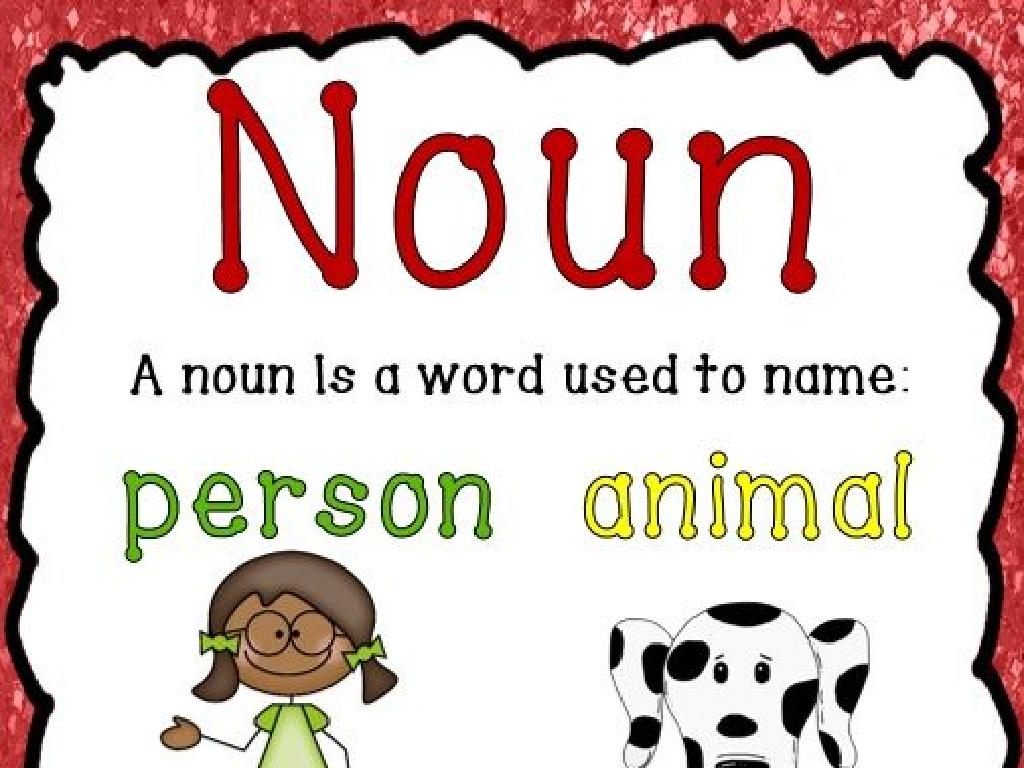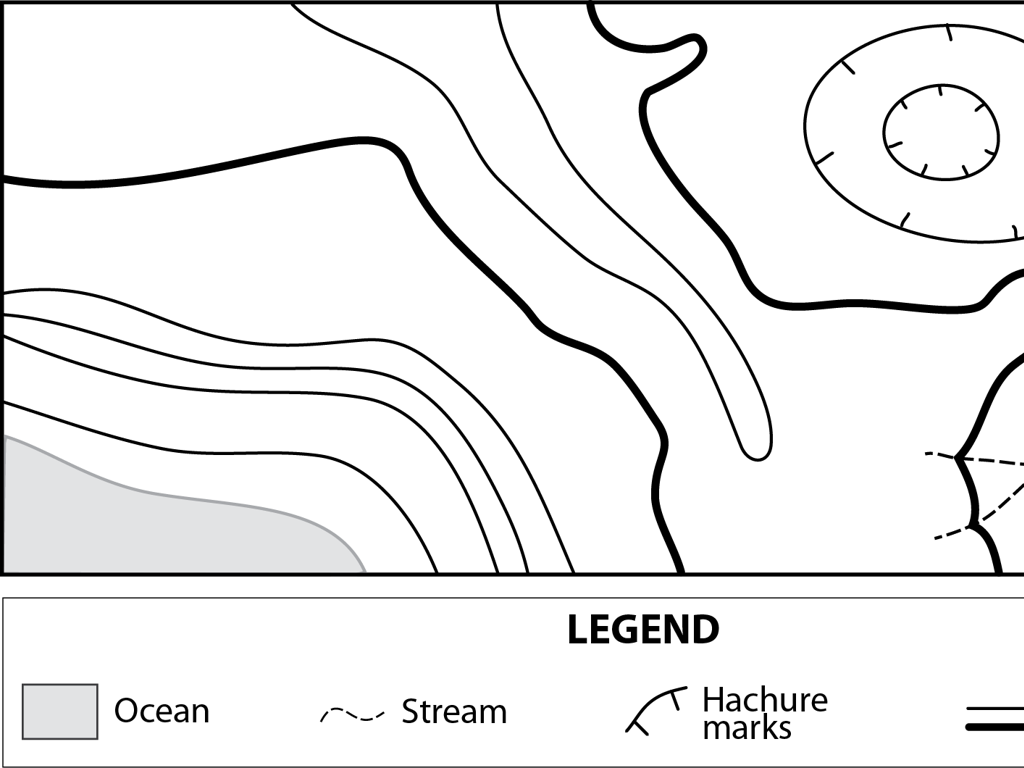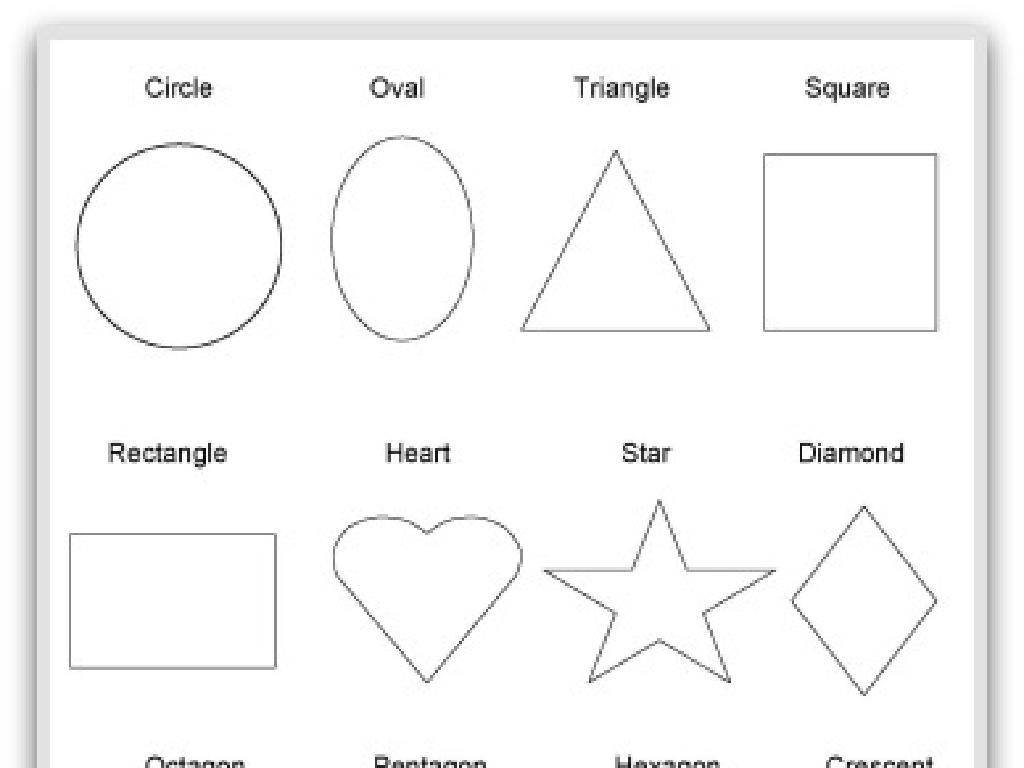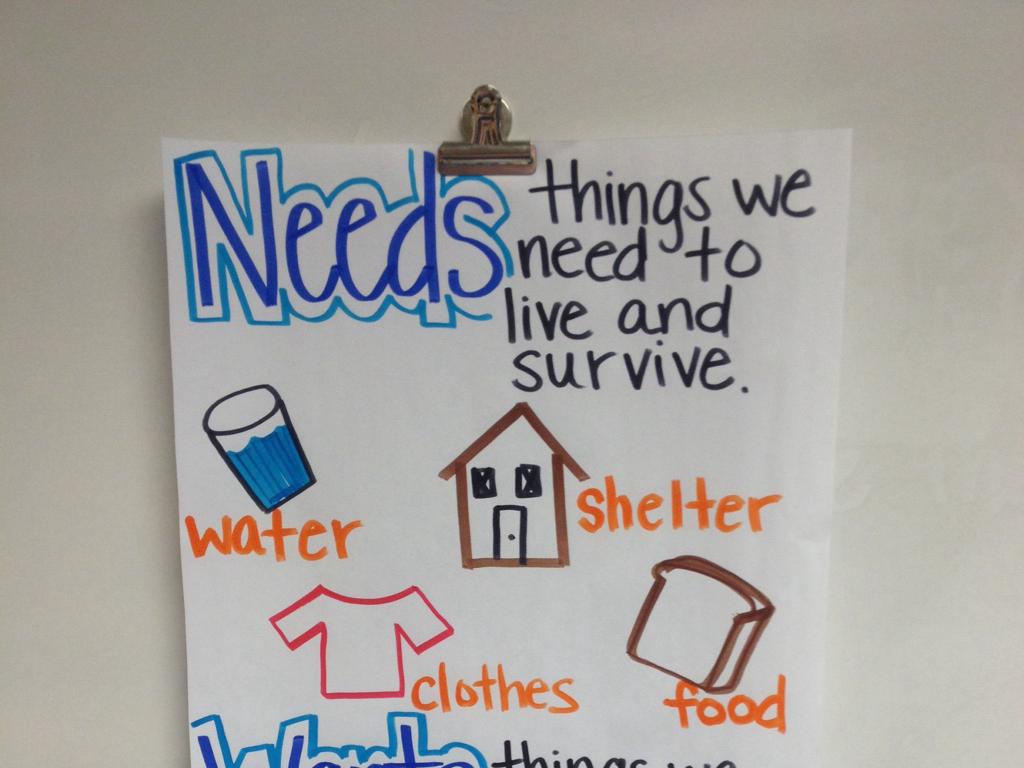Exchanging Money Ii
Subject: Math
Grade: Second grade
Topic: Money Up To $1
Summary: Introduce second graders to exchanging money with practical math activities that teach US coins and bills up to $1. Students learn to identify currency, calculate total costs, make exact change, and determine the correct change through real-world examples and interactive role-play games. These engaging exercises build confidence in handling money, reinforce addition and subtraction, and develop essential financial literacy skills for daily life.
Please LOG IN to download the presentation. Access is available to registered users only.
View More Content
Welcome to Money Math: Exchanging Money!
– Learn to exchange money
– Why using money is key
– Using money is part of everyday life
– Making purchases
– How to pay for items and calculate total cost
– Getting the right change
– Practice receiving the correct amount of change
|
This slide introduces the concept of money exchange to second graders, an essential life skill. Start by explaining the importance of money in everyday transactions. Discuss various denominations of coins and bills up to $1 and their equivalents. Use relatable examples like buying a snack or a toy to illustrate making purchases. Emphasize the importance of knowing how much items cost and how to hand over money to a cashier. Then, demonstrate how to calculate change by subtracting the item’s cost from the amount given to the cashier. Include interactive activities where students can role-play buying and selling items to reinforce the concept of receiving the correct change. Encourage questions to ensure understanding.
Understanding Money
– Money buys needs and wants
– US currency: dollars and cents
– We use coins like pennies, nickels, dimes, and quarters, as well as dollar bills.
– Coins and bills are valuable
– A penny is 1 cent, a nickel is 5 cents, a dime is 10 cents, and a quarter is 25 cents.
– Recognizing money’s worth
– Knowing the value helps us buy things and get the correct change.
|
This slide introduces the concept of money to second graders, explaining its use in everyday life to purchase necessities and things we desire. Emphasize the different forms of US currency, including both coins and bills, and their respective values. It’s important to help students recognize and memorize the value of each coin and bill to build a foundation for understanding transactions and the concept of change. Use real or play money to show examples and engage the students in identifying and counting money. This will prepare them for more complex money exchange activities.
Coins and Their Values
– Pennies: value of 1 cent
– Nickels: value of 5 cents
– Dimes: value of 10 cents
– Quarters: value of 25 cents
|
This slide introduces the basic coins used in American currency and their values, which is essential for understanding money transactions. It’s important for second graders to recognize each coin and know its value. A penny is the smallest value coin, and it takes 100 of them to make a dollar. A nickel is worth 5 pennies, a dime is worth 2 nickels, and a quarter is worth 2 dimes and a nickel. Use real coins to show the differences in size, color, and value. Encourage students to practice counting each type of coin and to make different combinations to sum up to $1.00. This will help them with basic addition and understanding the concept of exchanging money.
Understanding Money Exchange
– Exchanging money when buying
– Giving more money than needed
– If an item costs $0.75 and you give $1, you give more.
– Receiving change back
– The cashier gives you money back, that’s your change.
– Knowing the correct change
– Learn to calculate change to ensure it’s right.
|
This slide introduces the concept of exchanging money, which is a practical skill for students. It’s crucial for them to understand that when they pay more than the cost of an item, they should expect to receive change. Use real-life examples, such as buying a snack for $0.75 and paying with $1, to illustrate the concept. Teach them how to calculate the difference between the cost and the amount paid to determine the correct change. Role-playing as a buyer and cashier can be an effective classroom activity to practice this skill. Encourage students to count the change they receive in real life to reinforce their understanding.
Counting Change Correctly
– Start with the largest coin value
– Begin with quarters, then dimes, nickels, and pennies
– Add up coins to the amount given
– If you gave $1 for a 65¢ item, start counting from 65¢ up to $1
– Calculate the change to receive
– Subtract the total amount of coins from the amount given
– Practice with real-life examples
|
Teach students to count change by starting with the largest coin value and working their way down to the smallest. This method is efficient and helps prevent errors. Use real-life scenarios to practice, such as pretending to buy an item that costs 65 cents and giving a dollar bill. Students should add coins starting from 65 cents up to 100 cents (or $1). Then, they should calculate the difference between the amount given and the total cost to find out how much change they should get back. Encourage students to practice with various amounts and to verify their answers by recounting.
Making Exact Change
– Exact change means no coins back
– Use the fewest coins possible
– It’s like a fun puzzle to solve!
– Practice with examples
– Try buying a toy for 50 cents using different coins
– Making shopping faster
|
This slide introduces the concept of making exact change, which is an important skill for students to learn. It helps them understand the value of different coins and how to use them efficiently. Emphasize that using the fewest coins possible is not only a fun challenge but also a practical skill that speeds up transactions in real life. During the practice, provide various scenarios with different amounts where students can choose coins that add up to the exact price. Encourage them to think critically about the choices they make and discuss why they chose certain coins over others. This activity can be turned into a game where students compete to find the fewest coins for a given amount.
Class Activity: Money Exchange Game
– Pair up: Shopper and Cashier roles
– ‘Buy’ items with price tags
– Cashier returns least coins as change
– Use quarters, dimes, nickels, and pennies
– Practice making correct exchanges
|
This interactive game helps students understand the concept of exchanging money and making change. Divide the class into pairs, assigning one student the role of a shopper and the other as a cashier. Provide play money and items with price tags. The shopper ‘purchases’ an item by giving the cashier an amount of money. The cashier must then calculate the correct change and give it back using the fewest coins possible. This activity reinforces math skills like addition and subtraction, as well as critical thinking in figuring out the most efficient way to make change. Possible variations of the activity: 1) Increase the difficulty by using higher amounts, 2) Introduce ‘discounts’ or ‘sales’ to add complexity, 3) Have a timed challenge to see who can make change the fastest, 4) Include ‘tax’ to teach about percentages, 5) Rotate roles to ensure each student practices both shopping and cashiering.





